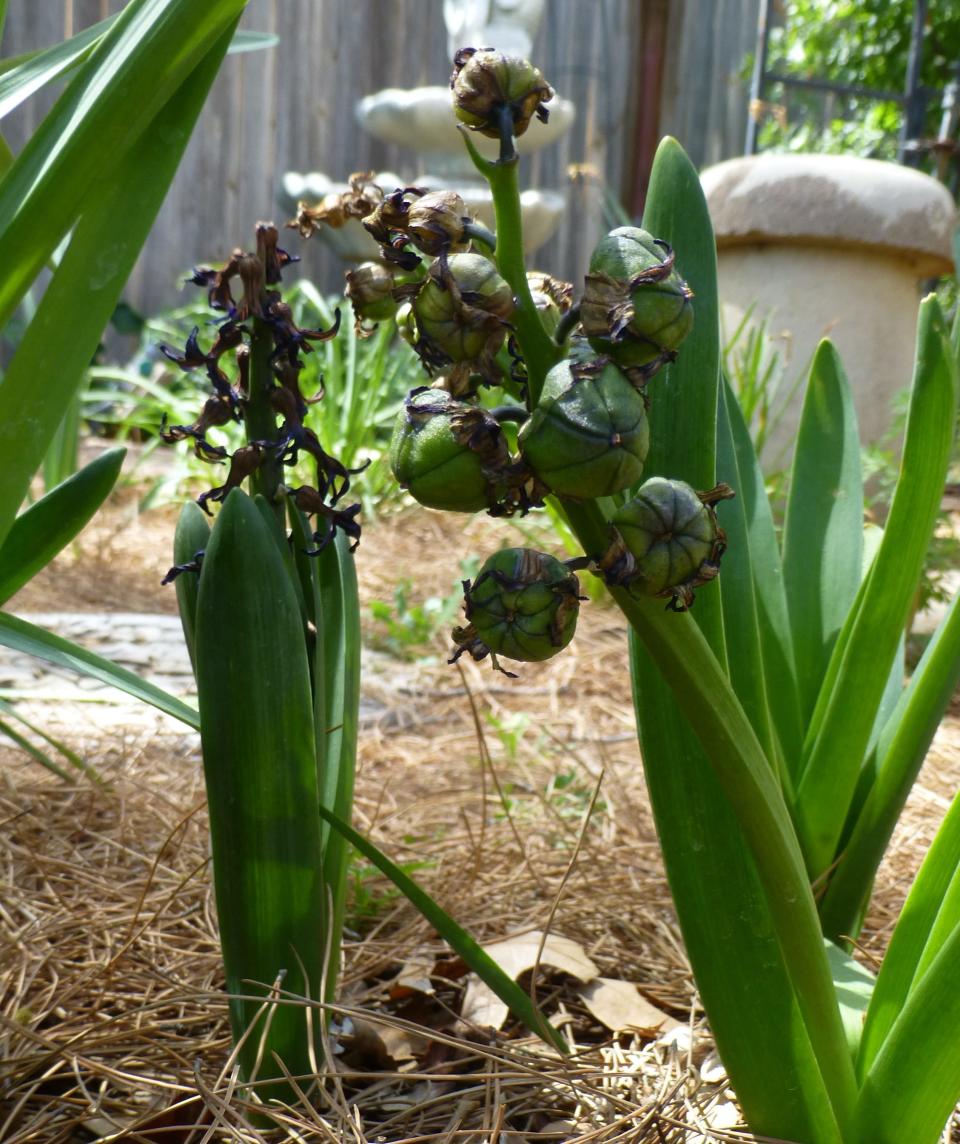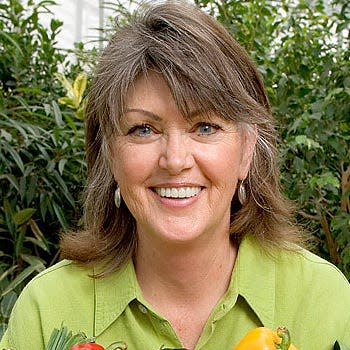Gardening for You: Breeding new hyacinth cultivars
Hyacinths are favorite spring blooming bulbs for their vibrant colors of pure whites, creamy yellows, oranges, soft pinks, lavenders, bold mauves, violets, and blues. The inflorescence is a single, dense, erect spike of multiple florets that release a sweet, heavy fragrance.

The National Gardening Association Plant Database (garden.org) lists 375 hyacinth cultivars. Cultivars in the database are identified by name; entry names begin with every letter of the alphabet. Starting alphabetically with the first cultivar in the database is Hyacinthus orientalis ‘Achilleus’ and the last entry in the database is Hyacinthus orientalis ‘Zeus’.
Cultivars are developed through efforts of plant breeders. Traditional breeding strategies begin by identifying plants that exhibit desirable characteristics, like flower color, then crossing those plants with other plants to generate hybrid progeny. Crossing is done by placing pollen from a male pollen donor onto a receptive stigma of a female. Hybridization is the crossing of two plants using pollen from a handpicked pollen donor, to pollinate a handpicked female recipient.
If pollination and subsequent fertilization is successful, seeds develop on the female. Seeds resulting from the hybridization event produce the first hybrid generation.
It is the first hybrid generation that produces widely variable progeny and provides plant material for the plant breeder to evaluate for novel traits that may have market potential.

The hyacinth in the accompanying photo has set seed, evidenced by the bulging capsules along the floral spike. Breeders harvest capsules when seed has matured, plant the seeds, which become the first hybrid generation, and then evaluate plants for bloom characteristics. It takes six years for a hyacinth bulb to bloom from seed.
The conclusion for gardeners is to appreciate the efforts of hyacinth breeders that bring us elite cultivars only requiring planting a bulb in the fall for gorgeous spring blooms.
Hyacinth trivia: an internet search of “breeding hyacinths” yielded some unexpected responses:
The first surprise was the breeding of the huge flying parrot commonly called the Hyacinth Macaw. The Hyacinth Macaw is an enormous bird, the largest of the macaw species, measuring 40 inches from head to the tip of its tail. The bird has bright cobalt-blue plumage, yellow rings around the eyes. The Hyacinth Macaw is native to central and eastern South America. Even though it can easily crack open Brazil and macadamia nuts with its long threatening beak, it is the gentlest and sweetest of all macaws (bluemacaws.org).
The second unexpected response was finding breeding strategies of the Hyacinth Pigeon. This bird originated in the Gascony region of France and because of its distinctive, elegant blue plumage it is also known as the Bleu de Gascogne. Hyacinth pigeon is a large, plump, rounded pigeon with an average length of 14 inches from head to tail. The feathers on its head and neck are an iridescent shade of blue, white chest and belly feathers, wing feathers have black and white winged pattern when visible when in flight (pigeonpaws.com).
Ellen Peffley taught horticulture at the college level for 28 years, 25 of those at Texas Tech, during which time she developed two onion varieties. She is now the sole proprietor of From the Garden, a market garden farmette. You can email her at gardens@suddenlink.net
This article originally appeared on Lubbock Avalanche-Journal: Gardening for You: Breeding new hyacinth cultivars

